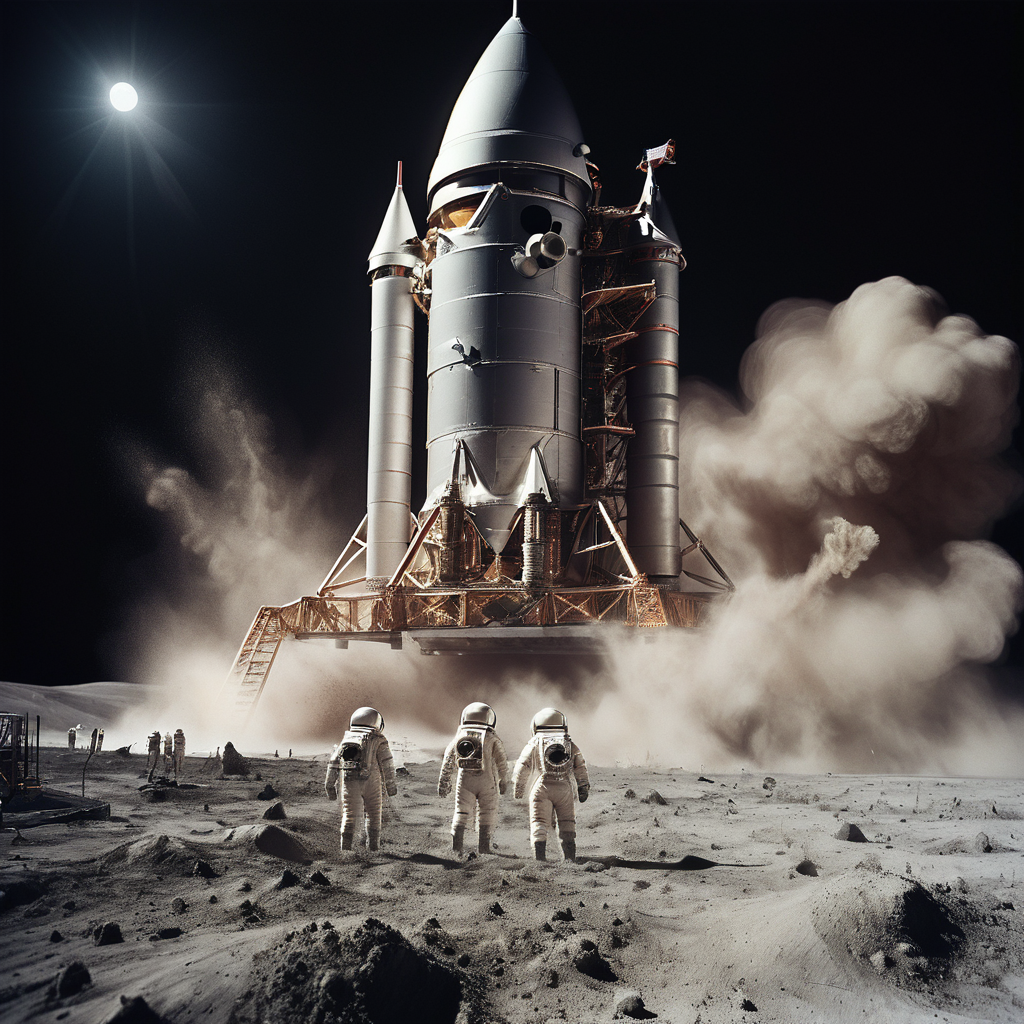Returning to the surface of the moon after more than 50 years of pause may be more dangerous than previously thought. New evidence suggests that astronauts may face a hidden danger posed by lunar dust.

Phil Metzger, a physicist from the University of Central Florida, noted in an interview with Scientific American that lunar dust, moving at high speed, disturbed by engines, turned out to be much more dangerous than previously thought. This means that improved safety standards are needed to protect astronauts.
Since the last moon mission, it has been known that rocket thrust creates a strong sandblasting effect that can damage equipment and cause erosion. However, the exact mechanism of this process remained uncertain, making it difficult to develop best practices to protect astronauts, equipment, and the Moon’s surface in future Artemis missions.

Metzger’s new theory calls into question the ability of modern protective equipment to withstand the effects of lunar dust. Metzger was one of the authors of NASA’s policy, which recommended for small lunar spacecraft to land no closer than 2 km from the Apollo landing sites to avoid damage from sandblasting emissions. This restriction was set arbitrarily and was based on the visibility of the horizon for a person with a height of 1.75 meters.
Metzger believed that the existing theories of the danger of rocket sandblasting explosions did not fully correspond to reality. In his latest work, published in the journal Icarus, he suggested that the exhaust gases of a rocket, moving parallel to the surface, create a kinetic force that raises and perturbs dust. This means that dust can move at speeds up to 10 times faster than previously thought. Therefore, spacesuits and spacecraft must be additionally protected from such a danger.
The physicist’s recommendation is that NASA and the international space community should implement the proposed changes before launching new missions to the moon.
Earlier we reported on how lunar dust would save the Earth from global warming.


